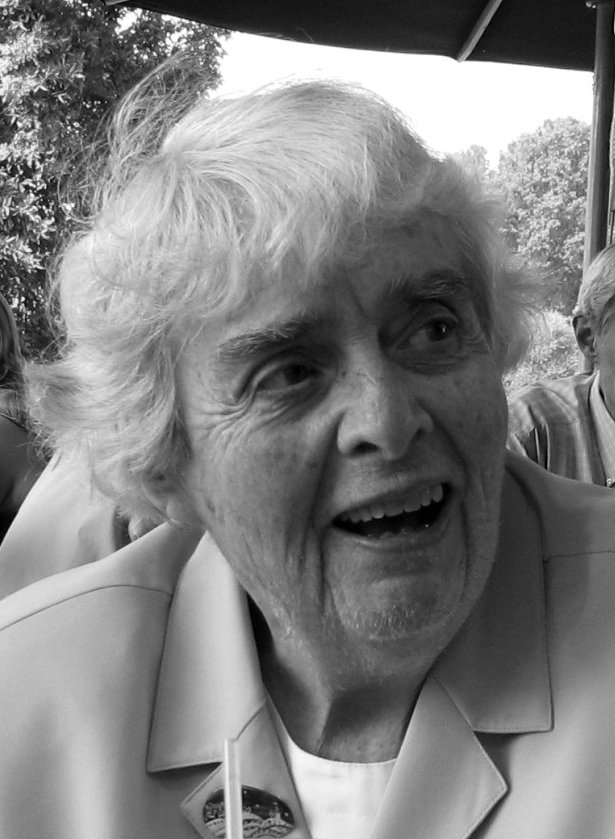Cats



Companions and complexities, featuring work by Carol Clark Williams, Claire Kahane and Cathleen Cohen.
6 minutes
TRANSCRIPT
June is the month that marks the height of “kitten season,” when large litters of kittens are born and often end up in animal shelters. That may be why someone designated June Adopt-a-Cat month.
Carol Clark Williams said that while she was under anesthesia for some surgery, the surgeon also performed a total hysterectomy and appendectomy – against her pre-surgical wishes. She said that when it came time to spay her kitten, the advice was the same – just do it; standard operating procedure. She said her poem “Spaying the Kitten: SOP” contemplates society’s attitude toward controlling female bodies.
To prevent the risks
of pregnancy,
uterine and breast cancers,
I am advised to let
them cut her
where her purr begins.
It will be a small incision
because she is small.
She will stay overnight
hurt, in a strange place
and come home with
what is female
removed.
I too have been cut vertically
with something like a chainsaw,
judging by the scar –
and everything removed,
though there was no sign
of cancer and ovarian
does not usually occur
in the appendix, which was also taken.
I hold her, trusting, in my hands
and rub her stomach
where her purr begins.
My own gut flinches
with a cold collapsing pain.
Carol Clark Williams’s poem “Spaying the Kitten: SOP” from Passager Issue 74, the Trauma issue.
Claire Kahane said that her essay “Cats Go for Your Throat” was the seed out of which her memoir Nine Lives grew. Here are a couple excerpts.
Cats go for your throat when you’re sleeping.
Who was it that told me that old country superstition? My mother, no doubt, she who often whispered magical forewarnings into my defenseless young ears, who terrified me as a child with her explosive rages and secret knowledge. Cats go for your throat! A threat never forgotten in my timorous young mind, for there was such a creature that might go for my throat: a striped, gray tabby, with cold green eyes, always slinking, tail up, head down, lurking around the corners of the dilapidated gray clapboard house where Tante, the aunt and keeper of the cat, lived. An ancient and forbidding figure Tante seemed to me then, with her pointy nose and her steel-gray hair pulled back into a bun at the back of her head, her long full black skirt almost touching the floor, worn gray slippers peeking out from under the hem, her almost toothless grin deepening the lines in her withered face . . .
“Clara, you know you’re gonna stay here a few days. Like I told you, I have to go to the hospital to have the baby, Daddy has to work. Tante is taking care of you until I get back home. So listen to her, be a good girl.” A moment of blankness, then dread. Alone with Tante in that big house. And the cat.
“So now let’s go upstairs, and you’ll see where you’re sleeping.”
My mother takes my hand and we follow Tante up the narrow staircase.
And there, at the top of the stairs stands the cat, tail twitching, eyes narrowed watching, waiting. A scream tears from my throat, I pull on my mother’s arm, crying No, No, while my mother and Tante try to calm me. In the interstices of memory are flashes: staircase, cat, my mother’s fierce brow, Tante with her full black skirt and her pointy nose intermingled with pictures from my library book of fairy tales – and always the witch – terror embodied in the cat at the top of the stairs waiting to go for my throat.
Excerpts from Claire Kahane’s memoir “Cats Go for Your Throat,” also from Passager’s Trauma issue.
And speaking of cats, according to the Humane Society of Utah, when you hold a purring cat, your body releases positive endorphins, which are basically happy chemicals for your brain. This can improve mental health and reduce stress, which means you are less at risk for stress-related medical complications. That may be true for some people, but when I hold a purring cat, my eyes swell shut and I start sneezing.
Cathleen Cohen said, “It’s a wonder to see how young children learn to conceptualize the world, in this case concerning power, agency and self-definition.” She said, “I thought of Genesis and the naming of creatures with a modern twist.” Here’s Cathleen’s poem “Naming.”
My daughter and her wife rescued
a tomcat
to companion the sweet, aged female
who prowls through their house.
Eli, our grandchild (age 4)
named the cat
Samuel
then declared it
a girl.
Lately we’ve been crawling
beside the felines
comparing their underbellies
with reference photos.
But Eli insists
as if
enlightened in a dream.
He says
Samuel will tell us
she’s a girl
when she’s older.
Cathleen Cohen’s poem “Naming” from Passager’s 2020 Poetry Contest issue.
To subscribe to or learn more about Passager and its commitment to writers over 50, go to passagerbooks.com. You can download Burning Bright from Spotify, Apple and Google Podcasts and various other podcast apps.
For Kendra, Mary, Christine, Rosanne, and the rest of the Passager staff, I’m Jon Shorr.
Due to the limitations of online publishing, poems may not appear in their original formatting.



